Coffee mania swept the world. Never before has this drink been more popular than it is now. "Pleasant addiction" forces the customer to be in eternal search for the ideal taste, shape and degree of roasting, as well as to choose "their" kind of beans.
The editors of the site "bestx.htgetrid.com/en/" have prepared for you a rating of the best varieties of coffee for 2020.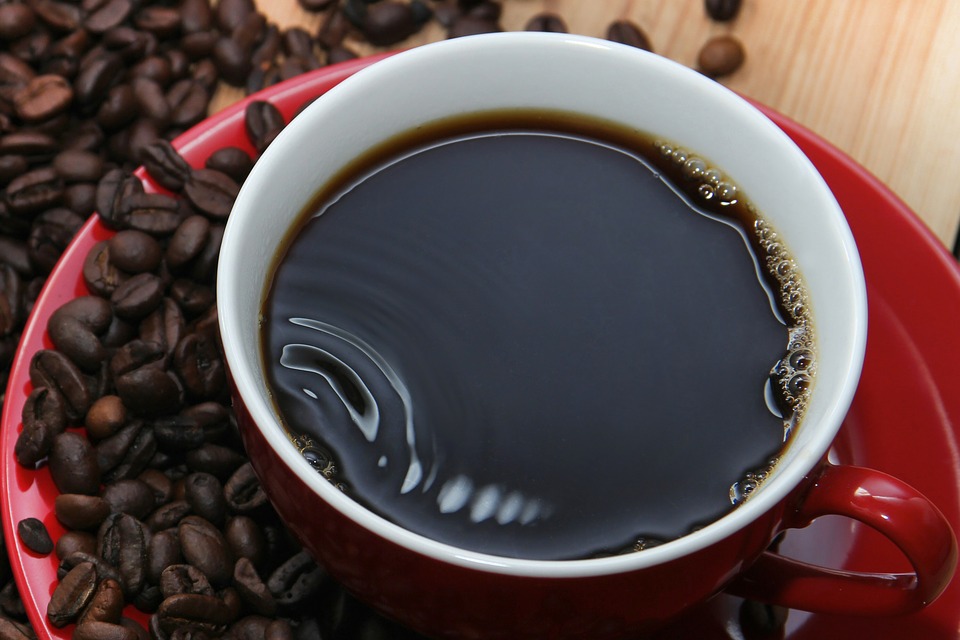
Content
How to choose a quality product. Key recommendations
- It is advisable to buy coffee not in hypermarkets, but in specialized coffee shops.
Here, the storage conditions (temperature regime, market proximity, shelf life) are carefully monitored, and a high-quality drink reaches the buyer unchanged. Good coffee will last no more than 18 months. - Ground coffee must be purchased exclusively in small packs, since after opening it quickly loses its taste and aroma.
- The degree of grind is directly related to the preparation method.
This information will help you understand in which of the popular models of coffee makers this variety can be prepared.
Fine grinding occurs within 20 seconds, and the drink is infused within 2 minutes. Suitable for filter coffee, preparation in a geyser coffee maker or a Turk.
Medium grinding is the most popular and versatile in preparation. With an average grinding, the grains are processed no more than 14 seconds, and they give 3 minutes to brew. Suitable for coffee grinders and Turks.
When the beans have been processed for 10 seconds, it is coarse. They should be infused for about 5 minutes and are perfect for a piston coffee maker, for brewing in a coffee pot, an espresso machine or with filters. - The organoleptic properties of coffee largely depend on the quality and material of its packaging.
First of all, it must protect the grain from air penetration.
When in contact with oxygen, the fatty acids in coffee react and the beans lose their taste and aroma. Bitterness appears.
The most popular forms for storing coffee beans are: glass, vacuum, paper and metal.
The undisputed leader is vacuum packaging. The coffee is thickened in it, and after opening it becomes crumbly.
The disadvantage of this storage format is that the aroma of the grains is preserved only in a closed package. After printing, they quickly "fizzle out". Therefore, it is recommended to pour the product into a glass jar and store in it.
For cereals, an airtight, gas-filled package with a vent valve is the ideal choice. Such a bag does not allow air to pass through, and the grains retain their aroma in their original form. - The smell can also be used to determine the quality of the coffee. Moldy, sour and rancid notes should not be felt in it.
- It is worth paying attention to the date of roasting.
Quality grains retain their aromatic properties for only one month. And only in vacuum packaging this figure can reach 6 months.
The roast date of the ground coffee must be less than one year. - The numbers on the package from 1 to 5 give information about the degree of roast of the drink. Where 1 is the mild grade and 5 is the most roasted grains and strongest flavor.
Varieties and varieties of coffee
There are more than 90 types of coffee plants, but the most popular are Arabica and Robusta.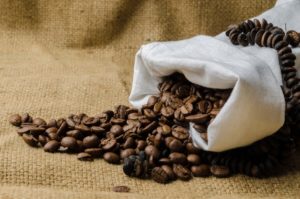
Arabica
The Arabian coffee tree is extremely moody.It does not tolerate cold well and is susceptible to constant illness. The soil for its cultivation must be carefully fertilized and rich in minerals.
Arabica beans have a pleasant, delicate taste with sourness. They contain significantly less caffeine than the robusta variety.
Robusta
Very unpretentious tree. Rarely exposed to disease and does not require special care. The harvest of robusta yields twice as much as arabica. Due to its high caffeine content, robusta is often added to drinks to give them strength.
The beans have a tart and bitter taste, which is why they are often mixed with Arabica.
Robusta is most often used for making instant drinks, and Arabica for ground coffee and coffee beans.
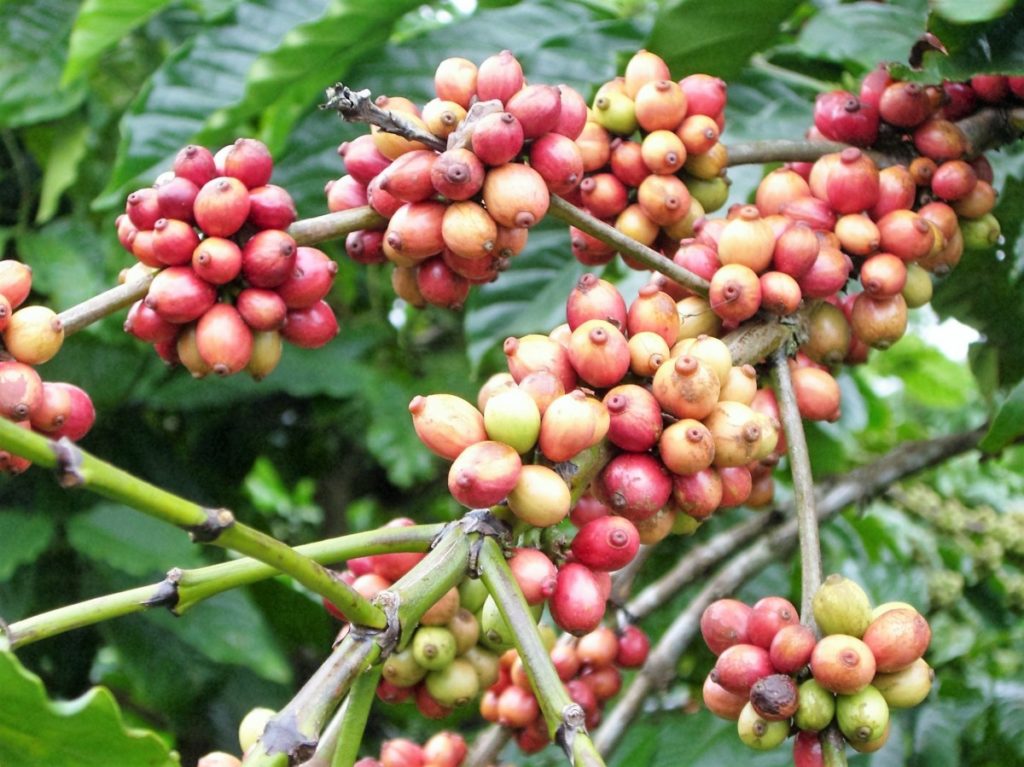
Rare varieties of coffee beans
The lion's share of the entire coffee industry is based on the production of robusta and arabica. But there are a few more vibrant coffees that are worthy of gourmet attention. For example: excelsa, liberica or maragojeep.
Excelsa
An extremely rare type of coffee beans. Grows in central Africa and Asian countries (Vietnam, Philippines, Indonesia)
The peculiarity of this variety is its fruity and nutty aroma with a slight sourness in the taste.
The drink goes well with spicy spices. Ideal for espresso as well as for French press and Turk... To obtain a delicate, multifaceted taste, excelza is mixed with arabica, and robusta is also added for strong coffee lovers.
Many elite coffee varieties are made from excelsa. The most famous of these is Colombian. Its taste is mild, but at the same time rich in taste.
Maragodjeep
This variety is bred in Guatemala, Colombia, Nicaragua and Mexico.
The taste of the grains is astringent and viscous. The drink turns out to be thick and rich, with a pleasant aftertaste of nuts, fruits and chocolate.
Maragoggip is very finicky in cultivation. The grain, like a sponge, absorbs all the smells and aromas of the environment in which it is located. Therefore, an important criterion for obtaining a quality drink is the growth of raw materials in a favorable ecological environment, for example, in the mountains.
Liberica
One of the smallest (only 1%) types of coffee on earth.
Liberica enjoys a warm and moderately humid climate. During a drought period, the tree simply stops bearing fruit, so it usually grows in India, the Philippines and Malaysia. Moreover, in the latter, the production of this variety is carried out on a huge scale and occupies up to 95% of the territory of local plantations. Malaysians do not recognize coffee other than Liberica.
The peculiarity of this variety is its unusual aroma. It can only be compared with the fragrance of Indian flowers. Moreover, it perfectly repels insects.
Kopi luwak
This variety differs from its predecessors not only by the extremely high price of the finished grain, but also by the peculiar way of processing it.
An important step in the process of making Kopi Luwak is the digestion of the grain in the stomach of the musang. This animal looks very much like a badger.
Musang collects and eats only the largest and ripe grains. But in his stomach, coffee is not completely digested, but comes out naturally along with a valuable enzyme. Then the grain is washed, dried and fried.
The quality of the harvest depends on the season.

Black Ivory
Elephants are directly involved in the creation of this elite coffee. They consume the ripe Arabica berries, then fermentation takes place in the stomach. Certain acids relieve the grain of bitterness and give it a distinctive fruit-like flavor. The naturally obtained product is washed, dried and fried.
Chon
In the process of making this coffee, the manufacturer uses martens. In the digestion of these animals, grains are also not completely absorbed, and are excreted in feces.In general, coffee processing and pre-preparation is similar to Kopi Luwak.
Interestingly, earlier these cute animals were considered pests, but today they are specially grown in designated areas.
Starbucks
The most popular coffee in the USA. Bred and sold exclusively by the eponymous global giant of the coffee industry. Has a bright aroma, rich taste of spices and acidity.
Coffee yauco selecto
A rare variety of Caribbean Arabica, with a memorable, pleasant taste
There are more than 90 types of coffee plants, but the most popular are Arabica and Robusta.
Blue mountain
An elite variety of Jamaican coffee beans. It is appreciated by the consumer for its mild but rich taste without bitterness.
Types of drinks containing coffee
 Drinks with its content have won no less popularity than coffee beans on the market. Most of these recipes came to Russia from Europe.
Drinks with its content have won no less popularity than coffee beans on the market. Most of these recipes came to Russia from Europe.
The most popular ones:
- Espresso is everyone's favorite and the most purchased drink in coffee shops. Prepare it in a coffee machine.
Here the bitterness of robusta is mixed with the gentle sourness of Arabica. Often, espresso is used as a base for other coffee drinks. The serving size is usually 35 g. - Doppio is a double serving. And with the addition of fresh lemon - Romano.
- A very strong and concentrated espresso that is prepared in a small volume of water is called Ristretto.
- Coffee, which takes longer to prepare compared to other types of drink, is called Lungo.
- Espresso diluted with water and also without bitterness is called Americano.
- Coffee with the addition of cognac or other alcoholic beverages - Coretto.
- Irish coffee or Irish coffee is made with added sugar and whiskey. And on top it is decorated with cream.
- An extremely popular option is cappuccino.
It is a drink made with milk and covered with milk froth. - But coffee with whipped milk foam, but without milk, is called Macchiato.
- For lovers of sweets, the ideal option is Glase.
This is a coffee with ice cream and chocolate chips. Usually served in tall glasses with a straw. - Latte is a milder version of cappuccino.
The difference is that in Latte, milk must be added twice as much. In a ratio of 1/2. It is also served with various syrups. - Mocha is a chocolate variant of espresso.
Milk, hot chocolate or syrup are added to the coffee. Top of the drink is decorated with milk froth and chocolate chips.
Useful and harmful properties of coffee.
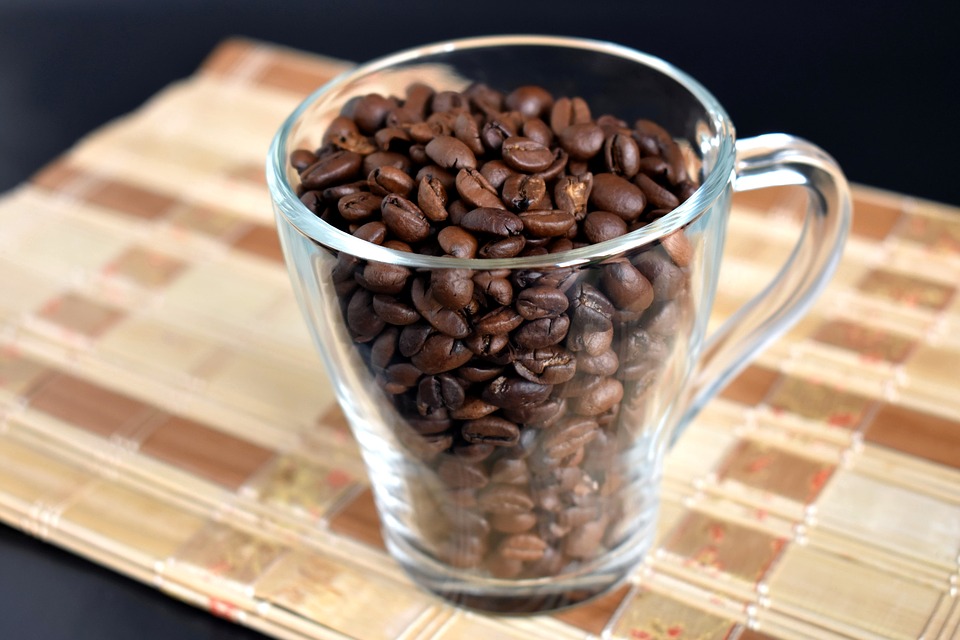
Benefit:
- Improving memory and cognitive functions of the brain.
Recent studies have once again confirmed the fact that people who drink coffee are much faster and better at remembering information and making decisions faster. The drink improves brain function and has a beneficial effect on its cognitive functions. This is especially important for the elderly and people with poor memory. - Reducing the risk of diabetes.
It has been proven that in people who drink 4 or more cups of coffee daily, the risk of developing diabetes (type 2) is reduced by 30%. And if you drink more than 6 glasses of "invigorating" drink a day, then this figure will reach 35%. - Coffee contains antioxidants that fight free radicals and their damaging effects on the cells of the body. This means that they protect the body from many serious diseases, including cancer.
Harm:
- Possible weight gain.
It is known that caffeine gives a temporary influx of strength and energy, which after a while decreases. In order to replenish the reserves of vitality, a person experiences a craving for fatty, high-calorie foods and fast carbohydrates. And this is fraught with excess weight gain. - Affects the appearance of wrinkles.
Coffee dehydrates the body, which contributes to the appearance of early wrinkles. Therefore, it is recommended to drink at least one glass of pure water after each cup of such a drink. - Increased risk of osteoporosis.
Caffeine leaches calcium from bones. After drinking only 200 mg. a person's favorite drink runs the risk of losing up to 5 mg. calcium.
Rating of the best coffees for 2020
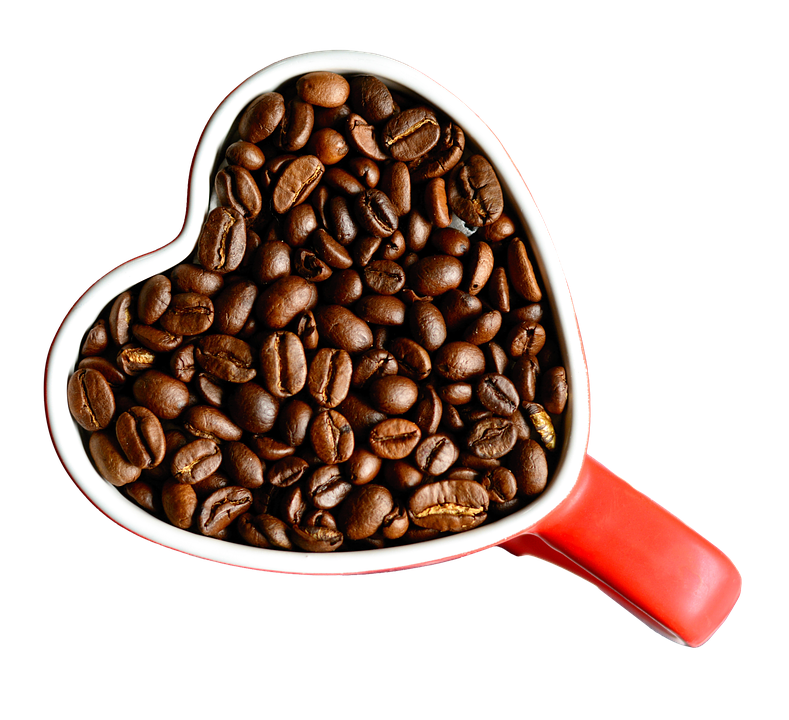 Best coffee beans:
Best coffee beans:
100% dark roasted Arabica beans with rich tart taste. An ideal choice for lovers of truly strong coffee.
Approximate price: 1200 rubles. - 1 kg.
Advantages:
- Bright taste;
- Reasonable value for money.
Disadvantages:
- Slightly bitter.
Medium roasted arabica and robusta blend. Pleasant taste and unforgettable aroma of grains from Latin America and Asia. Zippered soft package.
Approximate price: 700 rubles. for 800 g.
Advantages:
- Excellent taste, moderate bitterness;
- Good coffee for a reasonable price.
Disadvantages:
- In soft packaging, it quickly loses its aroma.
A mixture of arabica (80%) and robusta (20%) medium roast. Vacuum packaging.
Approximate price: 1200 rubles. for 1 kg.
Advantages:
- Delicate, creamy taste;
- A balance of bitterness and sourness.
Disadvantages:
- High price.
The multifaceted taste of vacuum-packed dark roasted arabica beans.
Approximate price: 720 rubles. for 1 kg.
Advantages:
- Price;
- Intense and strong taste.
Disadvantages:
- Suitable for use only in professional coffee machines.
Medium roasted 100% Arabica drink. Vacuum packaging.
Approximate price: 1370 rubles. for 1kg.
Advantages:
- Large, well-done grains
- Flavored coffee;
- Value for money.

Disadvantages:
- It is not always possible to buy in the CIS countries;
- Price
A mixture of Arabica (40%) and Robusta (60%) medium roast. Vacuum packaging.
Approximate price: 1250 rubles.
Advantages:
- Deep taste;
- No bitterness or acidity.
Disadvantages:
- Price.
A mixture of Arabica (90%) and Robusta (20%), light roasted. Flavored. Soft packaging.
Approximate price: 700 rubles for 800 g.
Advantages:
- Strong, fragrant;
- Gives a good, dense foam;
- Chocolate aftertaste.
Disadvantages:
- Not found.
High quality coffee beans made from nine medium roasted Arabica beans in a can.
Average price: 620 rubles for 250 g.
Advantages:
- Not found.
Disadvantages:
- High price.
Arabica beans (100)% from the plantations of Brazil. Medium roast. Vacuum packaging.
Approximate price: 1730 rubles. for 1 kg.
Advantages:
- The taste for the better differs from other coffee beans in the mass market.
Disadvantages:
- High price.
Mix of 80% Arabica and 20% Robusta dark roasted with fruity notes.
Approximate price: 780 rubles. for 1kg.
Advantages:
- Balanced aroma with pleasant sweetness and astringency.
Disadvantages:
- Not found.
Rating of quality brands of ground coffee: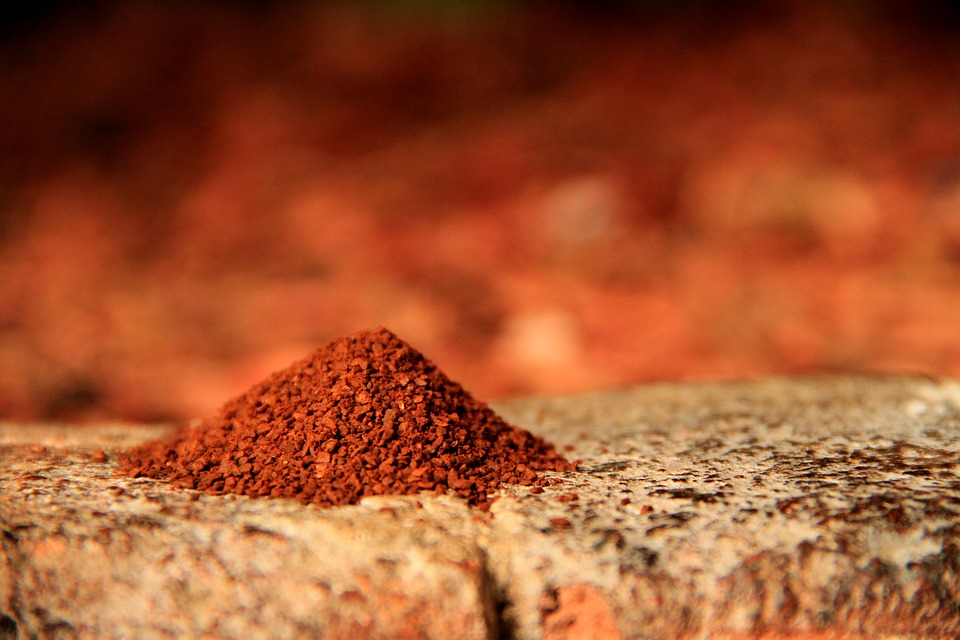
100% medium-ground arabica beans. Medium roasting. Malt and hop aroma.
Approximate price: 280 rubles. for 250 g.
Advantages:
- Value for money;
- Intense taste without bitterness.
Disadvantages:
- Not found.
100% medium grinding arabica. Light roasting.
Approximate price: 330 rubles for 250 g.
Advantages:
- Bright taste, pleasant aftertaste;
- Suitable for making Turkish coffee, in a French press, in a coffee maker.
Disadvantages:
- Not found.
Dark roasted, medium-ground arabica beans. Vacuum packaging.
Average price: 190 rubles. for 250 g.
Advantages:
- An unforgettable scent;
- Lack of bitterness;
- Low price;
- Suitable for both a coffee machine and a Turk.
Disadvantages:
- Not found
Finely ground Arabica, dark roasted. Vacuum packaging. Russian-made product.
Approximate price: 155 rb for 150 g
Advantages:
- Low price;
- Pleasant taste.
Disadvantages:
- Obsessive scent;
- It gets boring quickly.
Harmonious taste of 100% Arabica, medium grind, medium roast. Available in soft packaging.
Approximate price: 350 rubles for 230 g.
Advantages:
- Velvety and pleasant taste;
- Can be prepared in a Turk and a coffee maker.
Disadvantages:
- Price.
Mix of Arabica and Robusta. Medium grind and medium roast. Packaged in a can.
Approximate price: 350 r for 250 g
Advantages:
- Virtually caffeine-free drink (safe caffeine content per cup 0.1%);
- Soft taste;
- Convenient packaging.
Disadvantages:
- Not found.
High quality medium roasted arabica beans in a tin. Medium grinding.
Approximate price: 720 rubles. for 250 g.
Advantages:
- Strong drink with a mild aftertaste;
- Intense aroma;
- Convenient packaging.
Disadvantages:
- High price.
A mixture of medium-ground arabica and robusta. Light roasting. Vacuum packaging.
Approximate price: 360 rubles for 250 g.
Advantages:
- Pleasant taste without bitterness
Disadvantages:
- Not found
A successful blend of dark roasted arabica and robusta. The drink has a delicate aroma with a chocolate-creamy aftertaste. Customer reviews are extremely positive.
Approximate price: 250 rubles for 250 g.
Advantages:
- Convenient packaging;
- Acceptable price;
- Has a tart, but not bitter taste with a chocolate tint;
- Convenient for both a coffee maker and a Turk.
Disadvantages:
- Not found.
100% ground Arabica beans. The degree of grinding and roasting is medium. Vacuum packaging.
Approximate price: 550 rubles for 500 g.
Advantages:
- Velvety taste, no bitterness;
- Value for money.
Disadvantages:
- Not found.
The best coffees for capsule coffee machines:
100% Arabica. A combination of classic coffee with fruity notes and milk froth.
The volume of one serving is designed for 50 ml.
Approximate price: 415 rubles for 16 pcs.
Advantages:
- Strong and rich taste;
- Convenient format;
- Low price.
Disadvantages:
- The capsule is 1/3 full of coffee.
A double shot of espresso with persistent froth and a tart taste. Roast level - dark.
Estimated cost: 399 rubles for 16 pcs.
Advantages:
- Low price;
- Convenient packaging.
Disadvantages:
- Not found.
Espresso with milk and aftertaste of roasted almonds and pecans.
Approximate price: 419 rubles for 16 capsules.
Advantages:
- Strong, rich taste.
Disadvantages:
- Overcharge.
Latte macchiato with persistent milk froth and tart taste of real medium roasted arabica.
Approximate price: 290 rubles. for 8 capsules.
Advantages:
- Bright taste;
- Convenient packaging.
Disadvantages:
- Price;
- A little bitterness.
100% Arabica, medium roasted, with hints of bergamot and fruit.
Approximate price: 370 rubles for 16 capsules.
Advantages:
- Strong and rich taste.
Disadvantages:
- Price.
Top coffee makers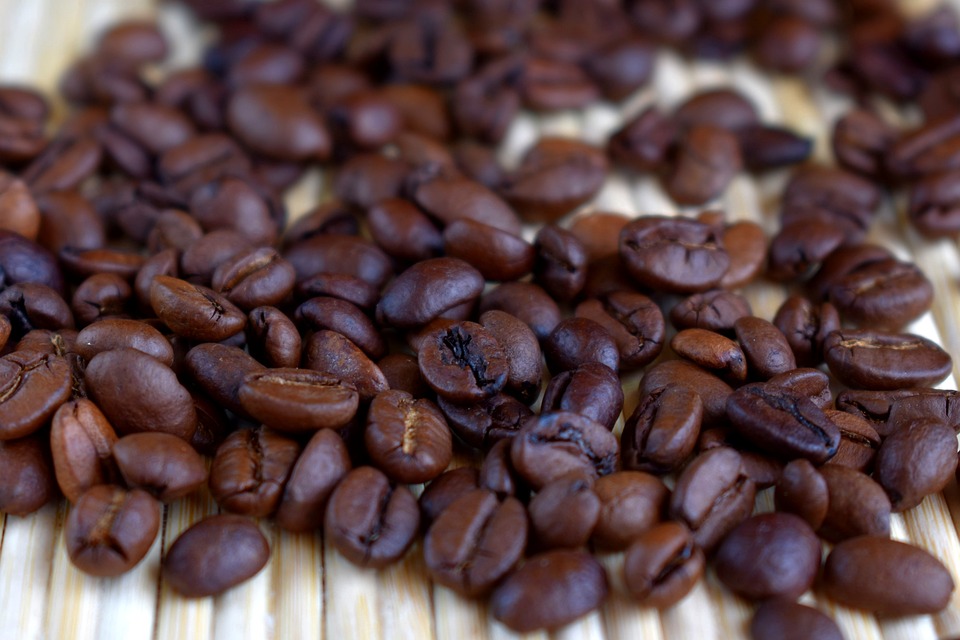
The coffee empire of industrialist Luigi Lavazza.
They supply coffee to more than 80 countries around the world. They conquer the market primarily with quality and reasonable prices.
In Russia and the CIS countries, even those who have never drank coffee know about it.
The brand is the result of the hard work of Nestlé and Brazilian coffee producers. Today in many languages of the world instant coffee is referred to with one word "Nescafe". And the brand itself is a symbol of a budget but high-quality drink.
In 1895, the brand was created by a German entrepreneur named Jacobs. It all started with a small chocolate and coffee shop, and grew into a coffee empire. The brand is currently owned by Mondelez International.
Created by French coffee gourmet Rene Monnier. In 1965 he created his first trial blend. And already in 1978, the Carte Noire brand thundered throughout France and beyond. The success was overwhelming.
The Swiss brand is considered the guarantor of the quality of the coffee product. He specializes mainly in freeze-dried coffee. Experts point out that Bushido's flavors can be compared to drinks from professional baristas. Despite the high price, it is in demand among connoisseurs around the world.
We hope that the rating will be useful to you and make flour easier when choosing coffee on store shelves.What kind of coffee do you prefer? Let us know in the comments below.












